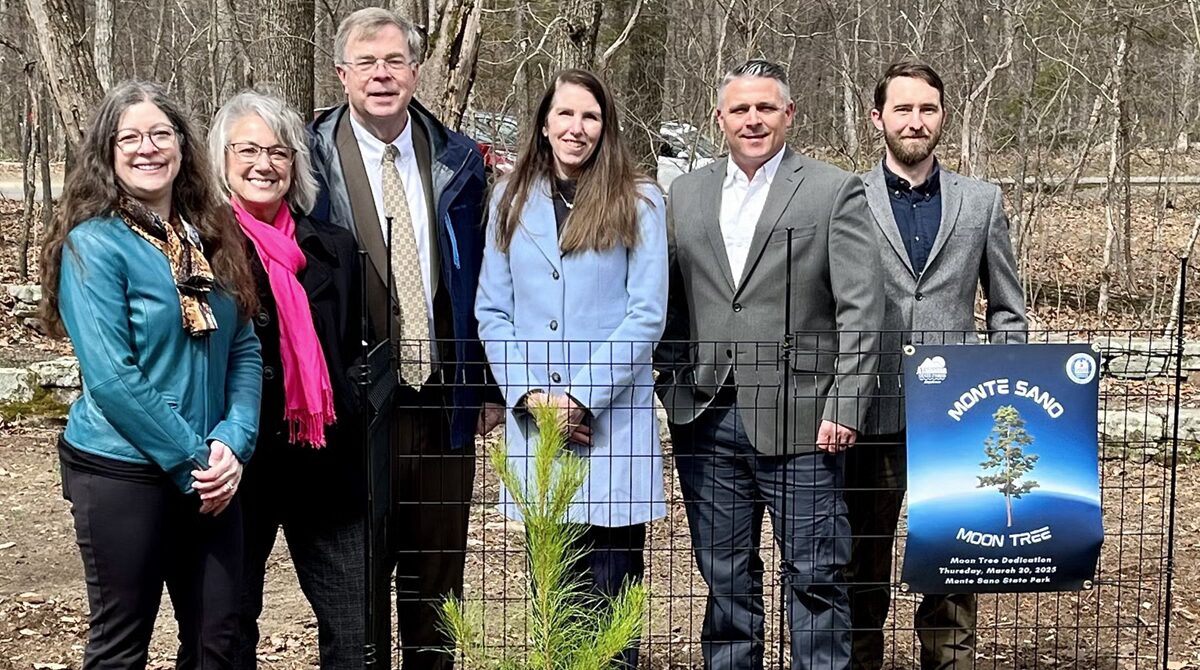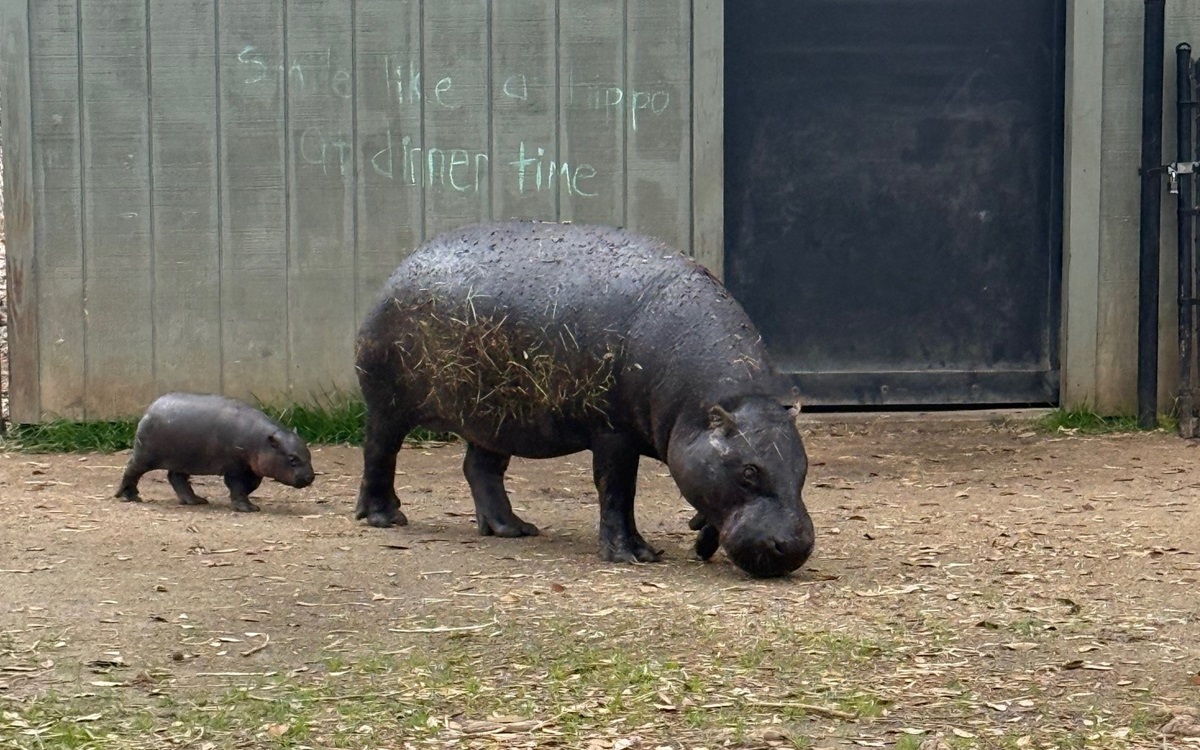March 20, 1872
On this date in 1872, the Methodist Church transferred the grounds, buildings and legal control of the East Alabama Male College in Auburn to the state of Alabama. The institution was rechartered as the Agricultural and Mechanical College of Alabama, the first land-grant college in the South to be established separate from the state university. In 1892, the college became the first four-year coeducational school in the state. Then in 1899, the school became Alabama Polytechnic Institute and finally, in 1960, was renamed Auburn University. The institution is one of only 13 American schools designated as a land-grant, sea-grant and space-grant research center. Auburn’s athletic program is part of the Southeastern Conference (SEC) and the school has been recognized as having some of the best agriculture, fisheries and poultry science programs in the South.
Read more at Encyclopedia of Alabama or Auburn University.

Samford Hall, 1897. The building currently houses the offices of the Auburn University administration. (Glomerata, Auburn University, Wikipedia)

Isaac Taylor Tichenor was the pastor at First Baptist Church in Montgomery for many years in the mid-19th century before becoming president of the Agricultural and Mechanical College of Alabama (now Auburn University) in Lee County in 1872. (From Encyclopedia of Alabama, courtesy of Alabama Department of Archives and History)

Alabama Polytechnic Institute cadets drill in Ross Square, c. 1917. (Auburn University Libraries Digital Archives, Wikipedia)

Cadet captains, 1887. During the 19th century, many colleges and universities required students to participate in military training. (From Encyclopedia of Alabama, courtesy of Auburn University Libraries)

University president Charles Coleman Thach (1860-1921) was a graduate of what is now Auburn University. During his tenure, the school, by then called Alabama Polytechnic University, greatly expanded its extension services. ((From Encyclopedia of Alabama, courtesy of Auburn University Libraries)

Auburn University began admitting women as undergraduates in 1892. Smith Hall, opened in 1921, was the first residential hall on campus for women. (From Encyclopedia of Alabama, courtesy of Auburn University Libraries)

Jersey dairy cows grazing near Comer Hall at Auburn University, c. 1924. Comer Hall houses the administrative offices of the university’s College of Agriculture. (From Encyclopedia of Alabama, courtesy of the Auburn University Libraries)

One of the largest universities in Alabama, Auburn University is one of three land-grant institutions in the state. Located in west-central Lee County, it was chartered by Methodists as East Alabama Male College in 1856 and went through several name changes before becoming Auburn University in 1960. (From Encyclopedia of Alabama, photograph by Justin Dubois)

The Jule Collins Smith Museum of Fine Art opened on the Auburn University campus in 2003. The museum houses a diverse collection of prints, sculpture and painting, including the Advancing American Art collection and one of the largest holdings of Audubon prints in the nation. (From Encyclopedia of Alabama, courtesy of Auburn University Photographic Services)

Auburn University’s Ralph B. Draughon Library was built in 1962 and named for the institution’s 10th president. It houses approximately 2.5 million volumes. (From Encyclopedia of Alabama, photograph by Justin Dubois)

Toomer’s Corner rolled to commemorate an Auburn University swimming championship in 2006. (Encyclopedia of Alabama, courtesy of Auburn University Photographic Services)

Aerial view of Jordan Hare Stadium, Auburn Arena, The Village, Samuel Ginn Engineering Complex, and the Haley Center, 2013. (Vestaviahills, Wikipedia)
For more on Alabama’s bicentennial, go to Alabama 200.


















